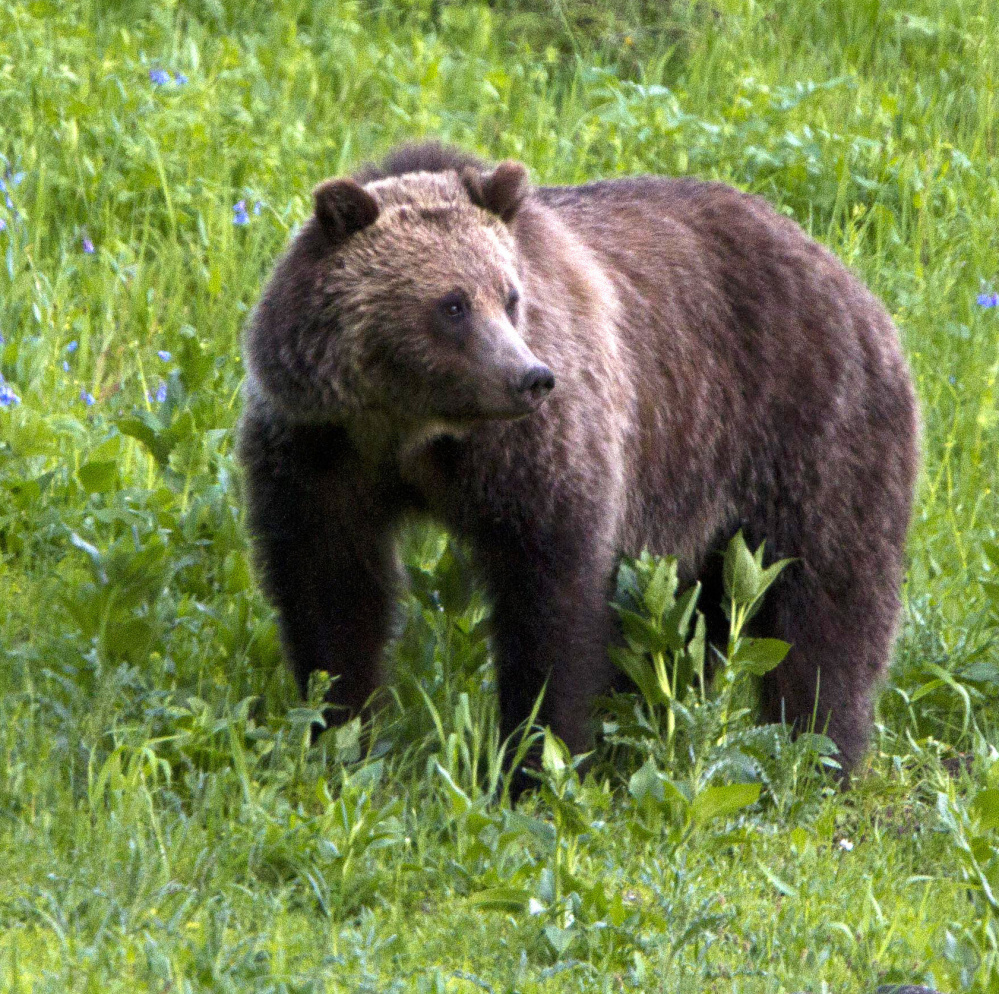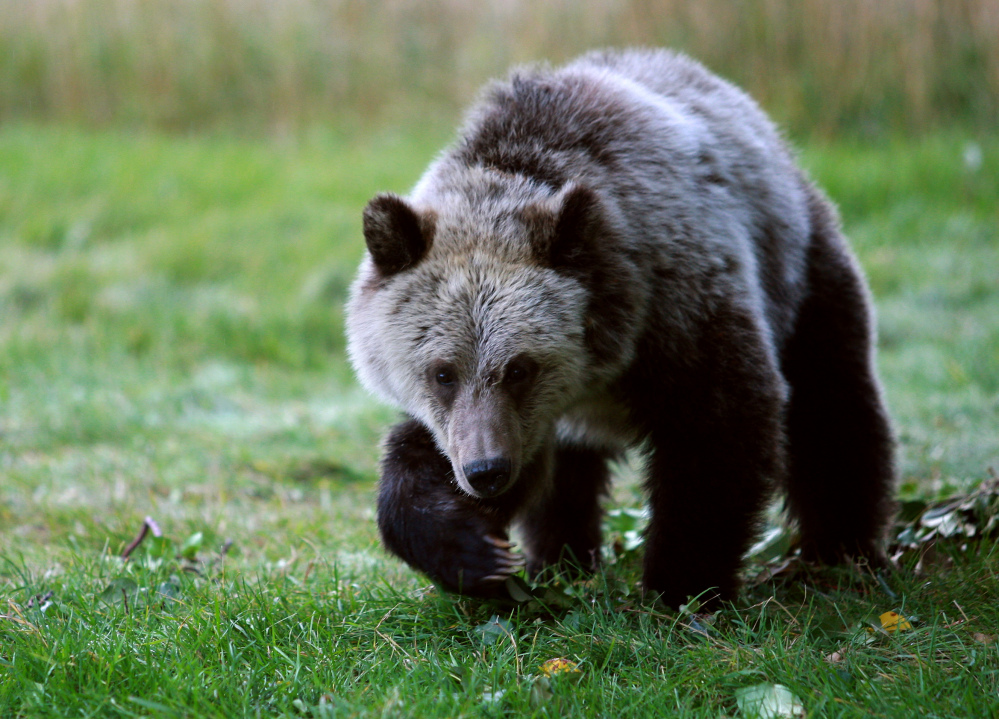BILLINGS, Mont. —American Indians across the Western U.S. are challenging moves by federal wildlife officials to lift protections for grizzly bears that roam a vast wilderness centered on Yellowstone National Park, citing worries over potential trophy hunting of a species many tribes consider sacred.
The tribes’ opposition marks the latest turn in the saga of a massive, ferocious predator driven to widespread extermination by overhunting and trapping early last century. It also adds a new, cultural dimension to a wildlife controversy that previously centered on disagreements over science and how many bears are enough.
A former chairman of Arizona’s Hopi Tribe, Ben Nuvamsa, says his people regard the grizzly as an “uncle” who possesses strong healing powers and plays a central role in traditional ceremonies. He said tribes want to “keep it from being a trophy animal and prevent the industrialization of bear habitat.”
“We regard him as part of our family, and it’s really important to all of us natives to keep him around,” Nuvamsa added. “It doesn’t matter where the bears are. We pray to them when we see them.”
U.S. wildlife officials and their state counterparts in Montana, Idaho and Wyoming contend the region’s 700 to 1,000 bears are biologically recovered. They’ve been pushing for almost a decade to revoke the animal’s threatened status, a step that was taken in 2007 only to be reversed by a federal judge two years later.
Removing federal protections would put the animals under state management and open the door to limited trophy hunting. Wildlife officials in Montana, Idaho and Wyoming have advocated future hunts as a way to help them deal with problem bears.
Since the 2009 court ruling, government biologists have sought to bolster with new research their conclusions that bear food supplies are not threatened by climate change and other factors. They’ve also pledged that some habitat protections would remain in place regardless of the animal’s legal status.
A decision on whether to propose a rule to lift protections is expected in the next several months. No such proposal is pending for the only other large concentration of grizzlies in the Lower 48, an area around Glacier National Park in northwest Montana and southern Canada with an estimated 1,000 bears.
Send questions/comments to the editors.




Success. Please wait for the page to reload. If the page does not reload within 5 seconds, please refresh the page.
Enter your email and password to access comments.
Hi, to comment on stories you must . This profile is in addition to your subscription and website login.
Already have a commenting profile? .
Invalid username/password.
Please check your email to confirm and complete your registration.
Only subscribers are eligible to post comments. Please subscribe or login first for digital access. Here’s why.
Use the form below to reset your password. When you've submitted your account email, we will send an email with a reset code.